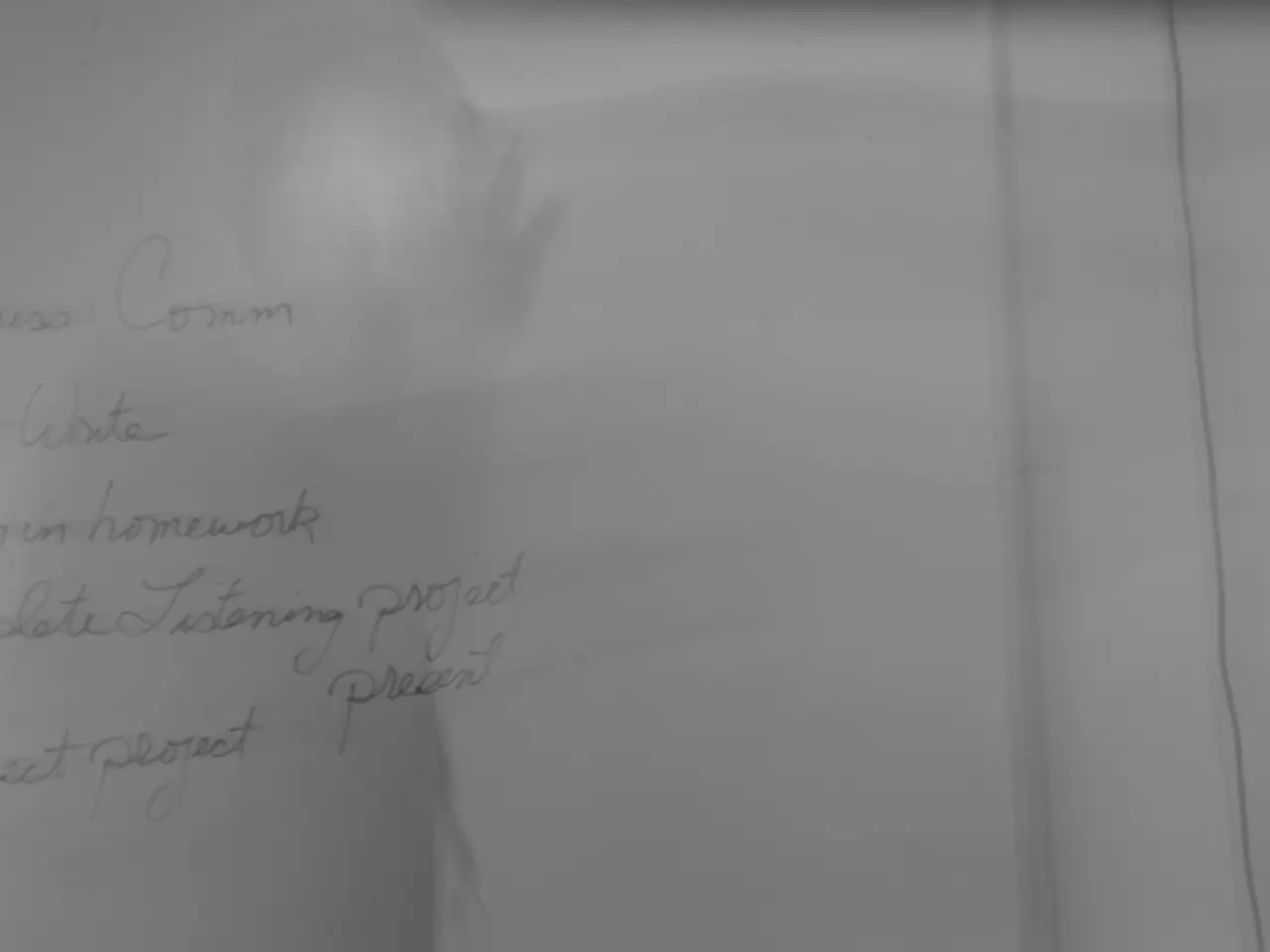Crisis Authorities
In the Indian Constitution, Articles 352 to 360 deal with emergency provisions, designed to safeguard the nation's sovereignty, unity, integrity, and security. Since the 44th Amendment Act of 1978, significant changes and safeguards have been introduced to prevent misuse and reinforce democratic checks.
National Emergency (Article 352)
The grounds for declaring a national emergency were made more specific by replacing the vague term "internal disturbance" with "armed rebellion," narrowing the scope to genuine threats. A written recommendation from the Union Cabinet is now mandatory, increasing executive accountability. Parliamentary approval is required within one month and must be renewed every six months to continue the emergency. The right to life and personal liberty (Article 21) was restored as non-derogable during emergencies.
President's Rule in States (Article 356)
Invocation of President’s Rule must now be subject to tighter judicial review to prevent arbitrary dismissal of state governments. The 44th Amendment stressed the importance of respecting federalism, and misuse of Article 356 was to be curtailed through more stringent supervisory norms. Parliamentary approval requires a special majority within two months.
Financial Emergency (Article 360)
Though never invoked, the 44th Amendment maintained procedural safeguards like parliamentary approval within two months but emphasized careful consideration to avoid potential misuse.
Overall, the 44th Amendment sought to restore judicial review power, safeguard fundamental rights during emergencies, and introduce clear procedural requirements to promote transparency, accountability, and protection of democratic principles in emergency provisions.
Vagueness in provisions of the Constitution can contribute to the misuse of emergency provisions. To address this, the 44th Amendment substituted 'armed rebellion' for 'internal disturbance' and requires the concurrence of the cabinet for declaring a National Emergency, not just the advice of the Prime Minister.
The 42nd Amendment Act of 1976 allows the President to limit the operation of National Emergency to a specified part of India. The R. Bommai vs Union of India (1994) case established that President's Rule is subject to judicial review. The MM Punchhi Commission recommended a localized approach to Emergency provisions under Article 356, suggesting they should apply only to specific areas instead of the entire state.
In the Rameshwar Prasad Case (2006), it was determined that President's Rule should be based on objective criteria and not solely on the subjective basis. The 38th Amendment Act (1975) makes the President's satisfaction final and beyond judicial review, while the 44th Amendment Act (1978) states that the President's satisfaction is not beyond judicial review.
Politics based on party interests rather than principles can lead to the misuse of President's Rule. The doctrine of committed governors, where governors are expected to act in the interest of the central government, can contribute to this misuse. The unitary character of the Indian Constitution gives scope for union intervention in state affairs, potentially leading to misuse.
Since the 44th Amendment, the misuse of President's Rule has decreased significantly. President's Rule has been imposed 132 times since 1950, with the highest number of instances during Indira Gandhi's time (50 times). After the S R Bommai case, it has been imposed 29 times, and it has been misused 48 times.
In conclusion, the 44th Amendment Act of 1978 has played a crucial role in strengthening democratic checks and balances in India's emergency provisions, ensuring that they are used only as a last resort and with proper parliamentary oversight.
Politics surrounding the use of President's Rule in states and financial emergencies under Article 356 and Article 360 has been a topic of general news, as the 44th Amendment Act of 1978 aimed to mitigate the misuse by introducing stricter judicial review and clear procedural requirements. The act also safeguarded the fundamental rights during emergencies and restored the judicial review power by maintaining provisions and safeguards in policy-and-legislation.







